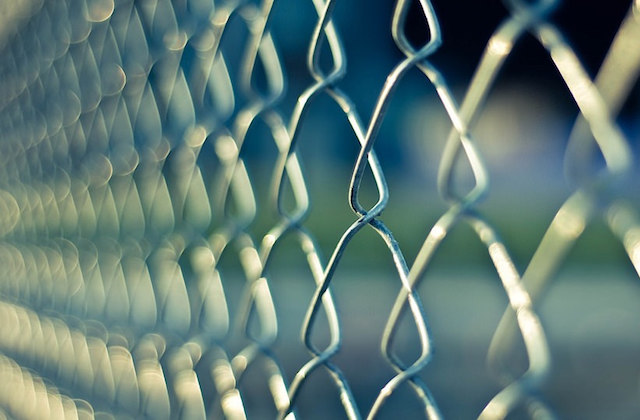As the Senate considers bipartisan sentencing reform, a new report from the Prison Policy Initiative (PPI) explores how current laws impact women in the criminal justice system as a means of discovering how they can be included in efforts to end mass incarceration.
“Women’s Mass Incarceration: The Whole Pie 2017" breaks down the circumstances impacting the 219,000 women who are incarcerated in the United States for what PPI calls the first big picture analysis of this population. The organization partnered with the ACLU’s Campaign for Smart Justice to see where women are being housed and what landed them there.
{{image:2}}
Key takeaways from the report, which was released yesterday (October 19):
- These 219,000 people only represent 16 percent of all the women and girls who are in the criminal justice system. The other 84 percent are on probation (75 percent) and parole (9 percent).
- There are 4,600 incarcerated girls.
- Of the 96,000 being held in jails, 58,000 (60 percent) of them are simply awaiting trial. Many of them cannot afford cash bail. The annual median income for women who can’t make bail is $11,071. That number drops to $9,083 for Black women.
- Fully 3,700 of these women and girls are in immigration detention centers.
- Women housed in jails are more likely to experience psychological distress and suffer from mental health challenges than women housed in prisons and men who are incarcerated in jails and prisons.
The report does not break down the statistics by race or ethnicity, because researchers said the data does not exist. But they note that overall, “incarcerated women are 53 percent White, 28.6 percent Black, 14.2 percent Hispanic, 2.5 percent American Indian and Alaskan Native, 0.9 percent Asian, and 0.4 percent Native Hawaiian and Pacific Islander.” These numbers support research that shows that Black and Latinx people are disproportionately impacted by current policies.
Read the full report here.
